#Tropical rainforest
Explore tagged Tumblr posts
Text
The World's Forests Are Doing Much Better Than We Think
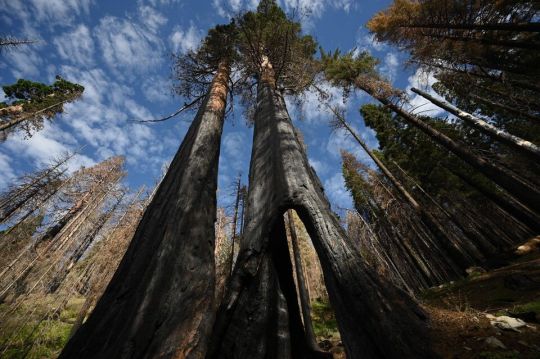
You might be surprised to discover... that many of the world’s woodlands are in a surprisingly good condition. The destruction of tropical forests gets so much (justified) attention that we’re at risk of missing how much progress we’re making in cooler climates.
That’s a mistake. The slow recovery of temperate and polar forests won’t be enough to offset global warming, without radical reductions in carbon emissions. Even so, it’s evidence that we’re capable of reversing the damage from the oldest form of human-induced climate change — and can do the same again.
Take England. Forest coverage now is greater than at any time since the Black Death nearly 700 years ago, with some 1.33 million hectares of the country covered in woodlands. The UK as a whole has nearly three times as much forest as it did at the start of the 20th century.
That’s not by a long way the most impressive performance. China’s forests have increased by about 607,000 square kilometers since 1992, a region the size of Ukraine. The European Union has added an area equivalent to Cambodia to its woodlands, while the US and India have together planted forests that would cover Bangladesh in an unbroken canopy of leaves.
Logging in the tropics means that the world as a whole is still losing trees. Brazil alone removed enough woodland since 1992 to counteract all the growth in China, the EU and US put together. Even so, the planet’s forests as a whole may no longer be contributing to the warming of the planet. On net, they probably sucked about 200 million metric tons of carbon dioxide from the atmosphere each year between 2011 and 2020, according to a 2021 study. The CO2 taken up by trees narrowly exceeded the amount released by deforestation. That’s a drop in the ocean next to the 53.8 billion tons of greenhouse gases emitted in 2022 — but it’s a sign that not every climate indicator is pointing toward doom...
More than a quarter of Japan is covered with planted forests that in many cases are so old they’re barely recognized as such. Forest cover reached its lowest extent during World War II, when trees were felled by the million to provide fuel for a resource-poor nation’s war machine. Akita prefecture in the north of Honshu island was so denuded in the early 19th century that it needed to import firewood. These days, its lush woodlands are a major draw for tourists.
It’s a similar picture in Scandinavia and Central Europe, where the spread of forests onto unproductive agricultural land, combined with the decline of wood-based industries and better management of remaining stands, has resulted in extensive regrowth since the mid-20th century. Forests cover about 15% of Denmark, compared to 2% to 3% at the start of the 19th century.
Even tropical deforestation has slowed drastically since the 1990s, possibly because the rise of plantation timber is cutting the need to clear primary forests. Still, political incentives to turn a blind eye to logging, combined with historically high prices for products grown and mined on cleared tropical woodlands such as soybeans, palm oil and nickel, mean that recent gains are fragile.
There’s no cause for complacency in any of this. The carbon benefits from forests aren’t sufficient to offset more than a sliver of our greenhouse pollution. The idea that they’ll be sufficient to cancel out gross emissions and get the world to net zero by the middle of this century depends on extraordinarily optimistic assumptions on both sides of the equation.
Still, we should celebrate our success in slowing a pattern of human deforestation that’s been going on for nearly 100,000 years. Nothing about the damage we do to our planet is inevitable. With effort, it may even be reversible.
-via Bloomburg, January 28, 2024
#deforestation#forest#woodland#tropical rainforest#trees#trees and forests#united states#china#india#denmark#eu#european union#uk#england#climate change#sustainability#logging#environment#ecology#conservation#ecosystem#greenhouse gasses#carbon emissions#climate crisis#climate action#good news#hope
3K notes
·
View notes
Text

Photography by Xuebing Du
Instagram: xuebing.du
#martinique#nature#original photographers#photographers on tumblr#green#tropical plants#tropical rainforest#Cascade Absalon
1K notes
·
View notes
Text
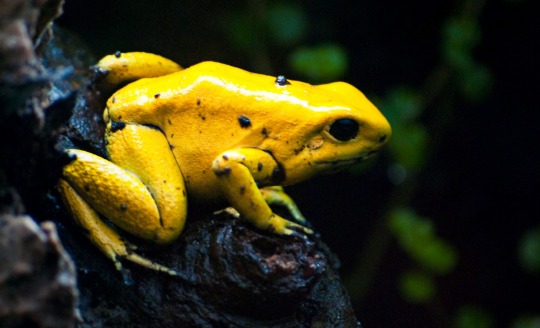


Golden Poison Frogs: The Gold Standard
Golden poison frogs (Phyllobates terribilis) are a species of frog found only along the Pacific coast in the Amazon Rainforest of Columbia; their total range encompasses less than 5,000 square km;. Their prime habitat is near rivers, streams, and ponds, but the are able to survive in a variety of microhabitats along the forest floor thanks to the forest's extremely warm, humid climate.
The golden poison frog is perhaps noted for its crowning as the most poisonous species on the planet. A single adult contains enough poison in its skin to kill 2-3 grown humans, although the frog would have to be ingested for its toxins to be fatal. However, there is at least one species of snake, the fire-bellied snake (Erythrolamprus epinephalus) which is immune to the frog's toxins and often predates on juveniles. P. terribilis consumes a variety of insects, but gets its poison from the beetles in its diet, and without them individuals lose their toxicity.
Although tiny, the golden poison frog is hard to miss. They are the largest species of poison frog at a weight of 30 g (1 oz) and a length of 6 cm (2.4 in). Females are usually larger than males. The species is named for the most common color moroph, bright yellow, but populations may also come in green, orange, and white. The coloration is a warning to predators to stay away.
Golden poison frogs are typically active during the day. Members of the same sex are highly territorial, but populations within a small area can be quite large. Individuals defend their territory by calling loudly and performing a push-up motion, which can also serve to attract potential mates. The species can reproduce year-round, and both males and females have multiple partners.
After the female has laid a clutch of about 20 eggs, the male carries them on his back up a tree to a bromeliad or small tree hole filled with water. There the eggs hatch as tadpoles after 11-12 days. The tadpoles feed on algae and insect larvae until they metamorphose into froglets, which takes about 2 months. The froglets take a further year to fully mature, and adults may live for up to 5 years.
Conservation status: P. terribilis is classified as Endangered by the IUCN. The species has a relatively small home range, and is seriously threatened by habitat loss. However, there are many private, government, and NGO captive-bread populations across the globe.
Want to request some art or uncharismatic facts? Just send me proof of donation of any amount to any of the fundraisers on this list, or a Palestinian organization of your choice! Proof does not have to include any personal info– only the date, the amount, and the recipient. Even one dollar can go a long way!
Photos
Victor Fabio Luna-Mora
Micha L. Rieser
Leighton Pritchard
#golden poison frog#Anura#Dendrobatidae#poison dart frogs#frogs#anurans#amphibians#tropical forests tropical forest amphibians#tropical rainforest#tropical rainforest amphibians#south america#northern south america
64 notes
·
View notes
Text




#personal#missing the warmer weather from when I was away 😮💨 💙#crystal cascades#rainforest#australia#blue lagoon#natures beauty#tropical rainforest
22 notes
·
View notes
Text

A common green forest lizard (Calotes calotes) on a tree at Sinharaja rainforest in Kalawana, Sri Lanka. Sinharaja is the country’s last viable area of primary tropical rainforest
Photograph: Thilina Kaluthotage/NurPhoto/Shutterstock
#thilina kaluthotage#photographer#nurphoto#shutterstock#common green forest lizard#lizard#calotes calotes#sinharaja rainforest#kalawana#sri lanka#tropical rainforest#nature#reptile
57 notes
·
View notes
Text



Platypus pool, Broken River
Eungella
#original photographers#nature photography#wildlife photography#bird photography#reflections#Little pied cormorant#Tropical Rainforest#Eungella#Broken River
54 notes
·
View notes
Text

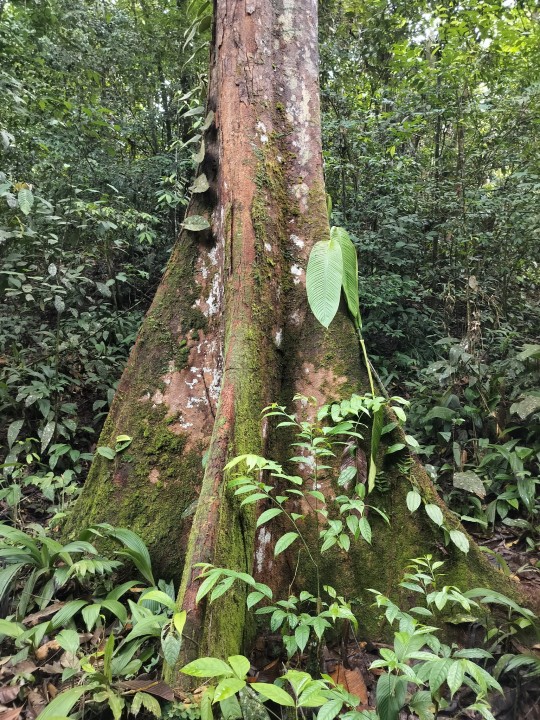
July 2023 / Baram jungle.
#trees#jungle trekking#trees and forests#tropical rainforest#Baram#Borneo#Miri#Sarawak#moss#nature#landscape#plants#green#sigthseeing#adventure#rural#woods#nature core#naturecore#dyptich
38 notes
·
View notes
Text
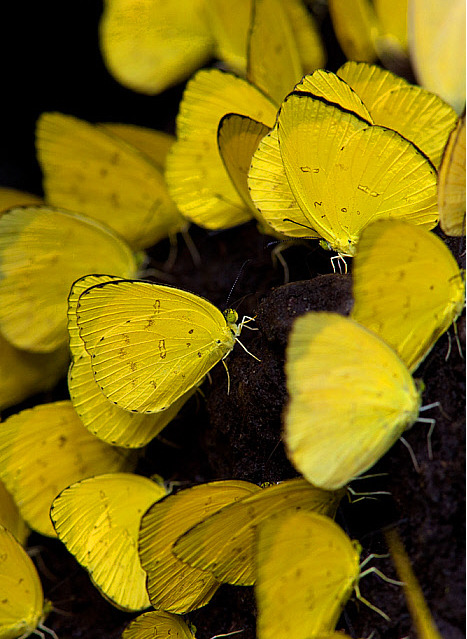
Grass-Yellow butterflies (Eurema sp.) on tropical rainforest floor, Christmas Island
Photo by Ingo Arndt
#grass-yellow butterflies#butterflies#yellow#yellow butterflies#lepidoptera#eurema#pieridae#christmas island#insects#entomology#tropical rainforest#rainforest#butterfly photography#nature#wildlife
47 notes
·
View notes
Text

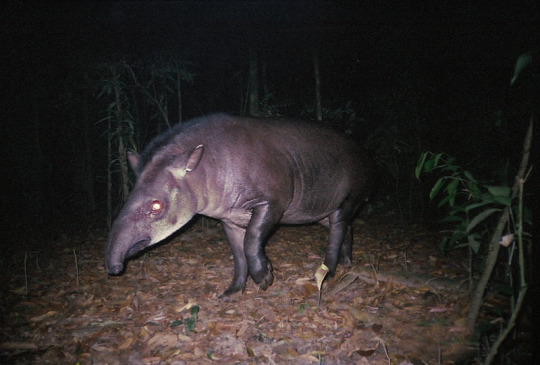
giant armadillo & lowland tapir from wwf camera traps gallery
20 notes
·
View notes
Text
The Wild Wonders of Hainan, China!
youtube
2 notes
·
View notes
Text
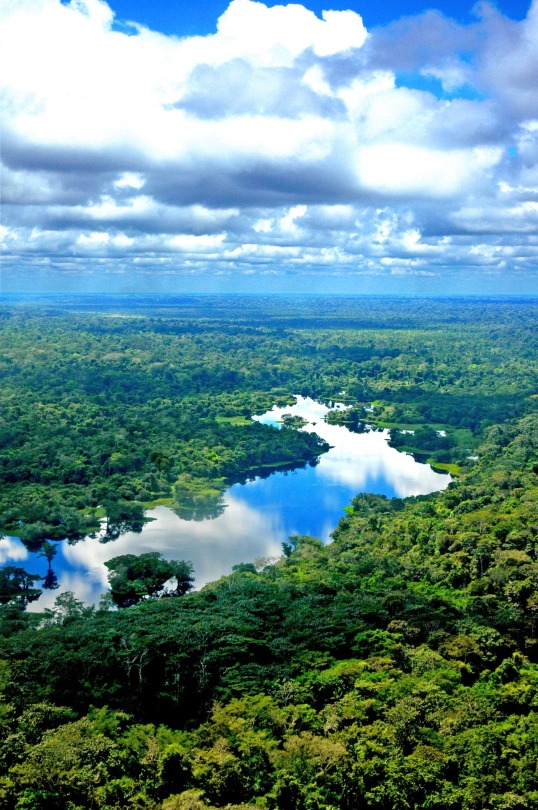
x
27 notes
·
View notes
Text

#indigenouscr#costa rica#nature#photography#trees#plants#forest#forestmood#hiking#adventure#tropical#jungle#junglemood#moodynature#comfy#explore#tropical rainforest#rainforest#rainyday#rain#solace#shadows#sun#sunny
48 notes
·
View notes
Text

#raindrops#rainyday#stormyday#tropical rainforest#photography#landscapes#summertime#naturephotographyl#water#water droplets#rainyseason
2 notes
·
View notes
Text

beautiful tropical waterfall
#waterfall#tropical rainforest#river#palmtrees#peaceful#nature#serene#outdoors#landscape#beauty#fantasy#photography
18 notes
·
View notes
Video
Jungle hiking in tropical rainforest of Iriomote Island, Japan, Okinawa by Ippei & Janine Via Flickr: Iriomote Island, Okinawa, Japan Iriomote Island is the second largest island of Okinawa. Largely undeveloped, 90% of the island is covered by dense jungle. Iriomote Island belongs to the Yaeyama Island group which boasts of paradisical beaches, untouched tropical rainforests, lush mangrove rivers and one of the world's largest healthy coral reef systems. > Islands of Japan Check out the beautiful Japanese islands that we recommend: ippei-janine.com/travel-japan-islands/
#japan#jungle#tropical rainforest#okinawa#yaeyama#islands#japanese#nature#tropical#holiday#vacation#forest#landscape#沖縄#島#日本#離島#西表島#琉球#八重山列島#八重山諸島#iriomote#rural#rural japan#countryside#rainforest#asia#mountains#nansei islands subtropical evergreen forests#nansei
6 notes
·
View notes
